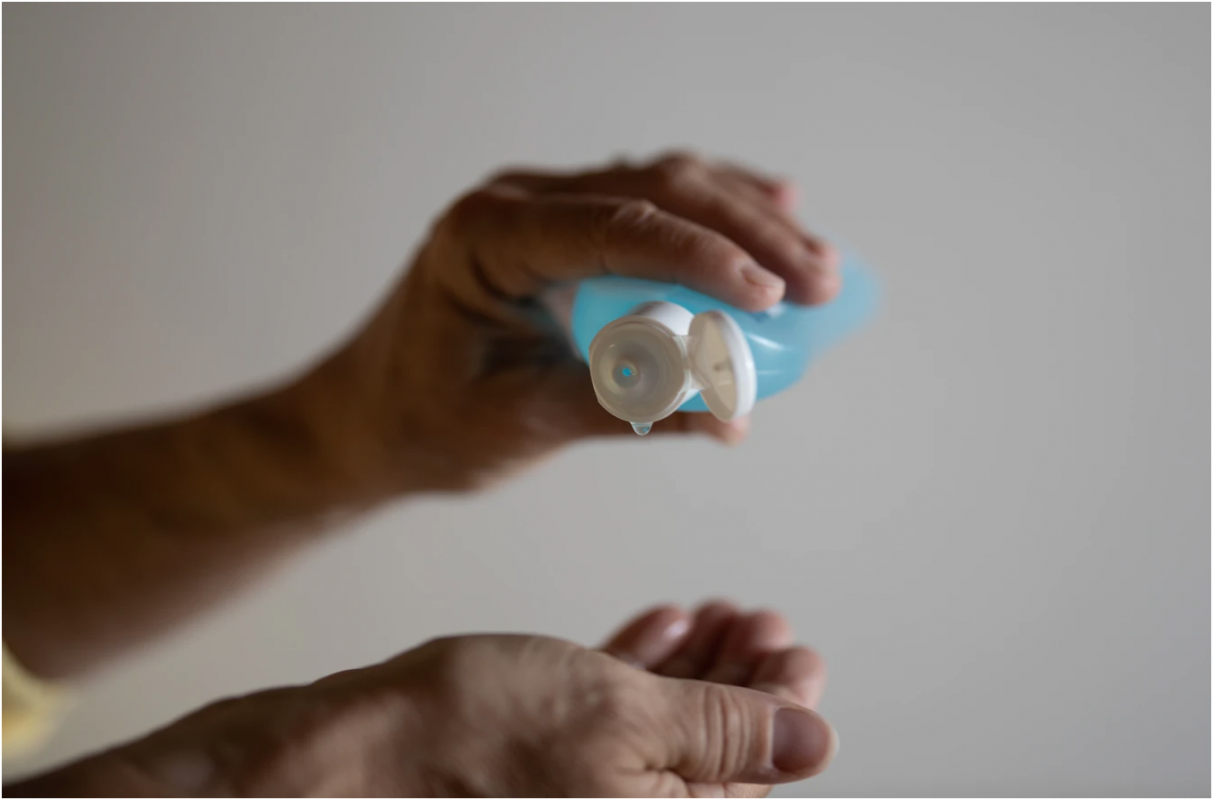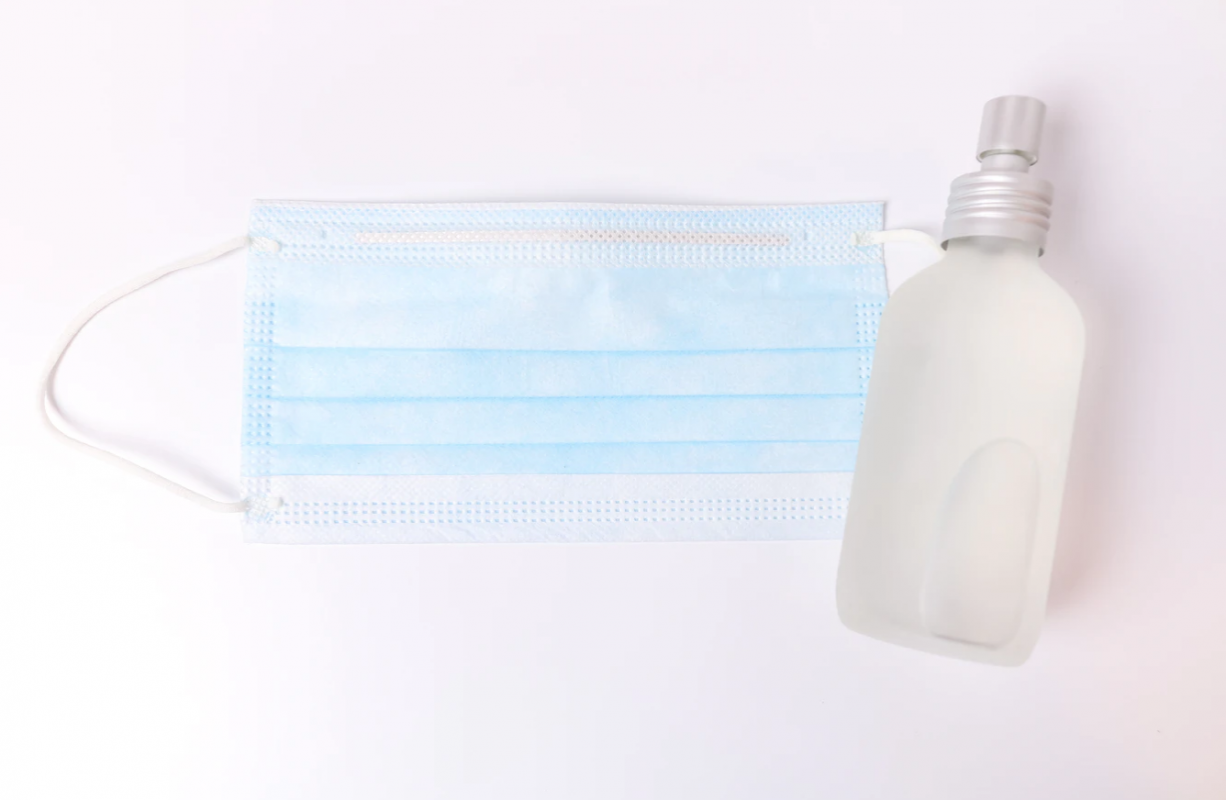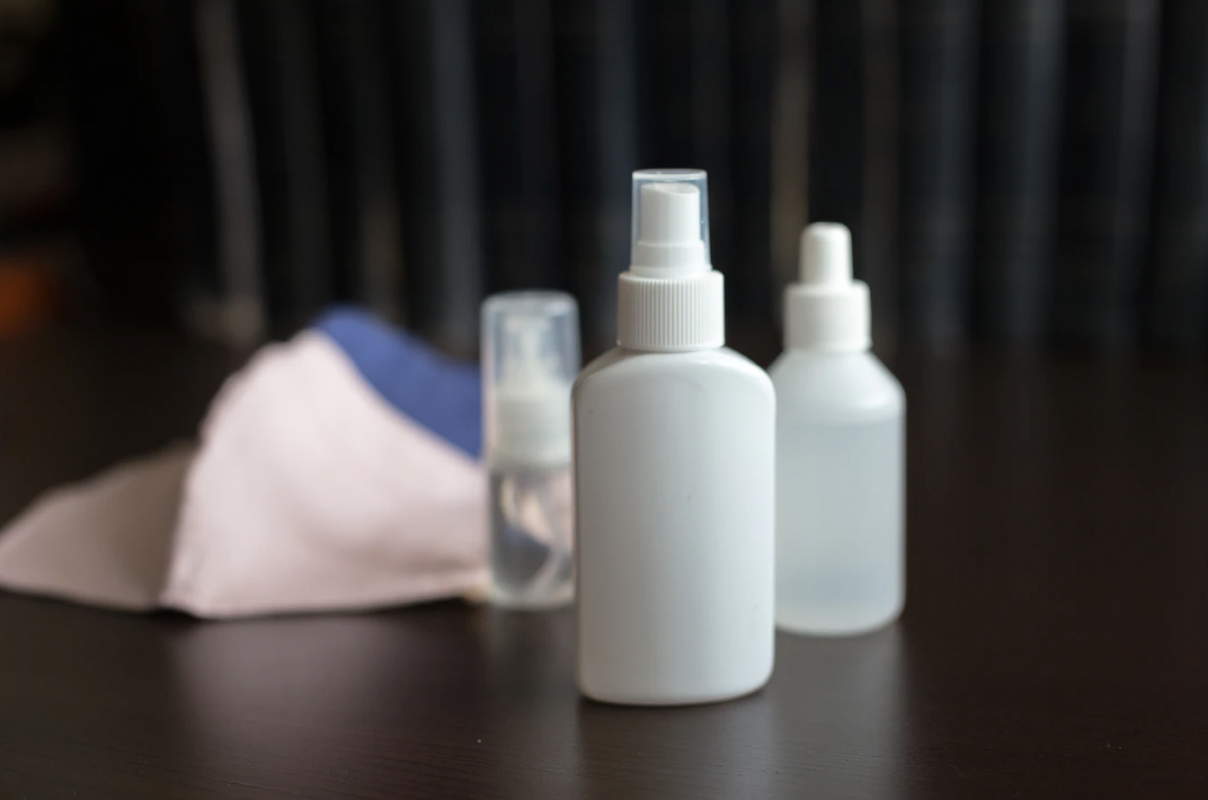The global outbreak of COVID-19 has made hand hygiene a major part of our daily routine and the diligent use of hand sanitisers as advised by the World Health Organisation (WHO) is a proactive measure to protect yourself and others from the spreading of the virus. That brings forward the importance of picking the right hand sanitiser as it plays an incredibly crucial role in maintaining personal hygiene.
With the influx of new brands and formulas taking the market by storm to meet the increasing demand, it can be a rather overwhelming task to choose the right one.
Here is a guide on what to look for when purchasing your next hand sanitiser:

-
Activity of Alcohol
To make sanitisers most effective in protecting against disease-causing microbes, alcohol is the active ingredient used. Several hand sanitisers on the market contain alcohol content as low as 30 per cent which can be considered ineffective at diminishing viruses. The issue that arises with low-alcohol sanitisers is that they may lack testing or approval of data that corroborates their efficacy. Based on studies, the Center for Disease Control (CDC) suggests that sanitisers with an alcohol concentration of, between 60 and 95 per cent, hold a higher rate of effectiveness in annihilating germs rather than that of sanitisers with lower alcohol concentration. A higher alcohol-based hand rub is more effective in killing not only bacteria, but also specific types of viruses. In contrast, higher percentage of alcohol (for example, 100 per cent) is not as likely to be effective as compared to 75-95 per cent, as explained by Jeffrey Gardner, associate professor of biological sciences at the University of Maryland, Baltimore County This is because water is a necessary component in making sanitisers effective.

-
Quality Control
With the increasing rate at which sanitisers are hitting your nearest shelves it is important to ensure that the sanitiser you choose has been extensively tested in an approved testing facility. Ensure that the composition is met to standard and no harmful chemicals are present in the ingredients of the solution. It should also be dermatologically tested and recommended, in terms of being safe to use for sensitive skin. Look out for ingredients that can be skin irritants (for example, high alcohol content) or toxic substances (for example, Methanol). Methanol is a non-drinking type of alcohol which is commonly used to create solvents and fuel. Methanol when absorbed through skin or ingested can cause blindness, coma, liver failure and death.

-
Fragrance-Free
It is advisable to go for a fragrance-free sanitiser in order to reduce the potential risk of allergic reactions and skin irritations. As a vast number of people suffer from sensitive skin, fragrance could cause harmful reactions to their skin. This is not only limited to those that already suffer from sensitive skin, even those that do not normally have skin that is sensitive could be prone to harmful, allergic reactions to fragrance-based sanitisers. Damage from chemicals that are in synthetic fragrances may not show an immediate reaction to skin aggravation however, these chemicals will have long-term effects.

-
Traceability and legitimacy
It is extremely crucial to be informed on where your sanitiser of choice is coming from. With the increase in demand in an incredibly short period, it is important to lay focus on the ingredients of the sanitiser as well as the facilities it is made in to ensure the proper guidelines and procedures are being adhered to.

-
Using a Spray vs Pump Sanitiser
There is a variety of different sanitiser dispensing methods available through the market. From sprays to pull-up tops to screw on caps, however if you’re constantly on the move then the spray dispenser is your ideal on-the-go sanitiser. A spray is less likely to drip and gives you more of a control on each dispense.

-
Checking Expiration Dates
Due diligence in checking for an expiry date is an important aspect when making your purchase. Though it may be an alcohol-based hand sanitiser with fair alcohol concentration it holds the risk of losing effectiveness after a certain period of time.
Over a certain duration, the alcohol content in hand sanitisers begins to evaporate and when the alcohol content reaches a dropping point of below 60 per cent, it begins to be far less effective at diminishing germs and viruses. Hand sanitisers generally hold an expiry date amounting to about three years after the date of manufacture, so be sure to avoid expired hand sanitisers by all means.
All in all, the best possible way to prevent spreading of infections and decrease the risk of getting sick is by washing your hands with soap and water, as advised by the CDC. Washing your hands should be an essential practice after going to the bathroom; before eating; and after coughing and/or sneezing.
In the case where soap and water is unavailable to you CDC has recommended the use of alcohol-based handrubs that contain at least 60% alcohol. If you need help choosing a hand rub that will keep you and your family safe and healthy, the ALCOGIENE™ HANDRUB is an alcohol-based handrub with WHO-recommended formulation. It comes in a travel-sized spray bottle (100ml) for your on-the-go convenience as well as hand pump bottles (500ml to 1l) for your tabletop home and office needs.

